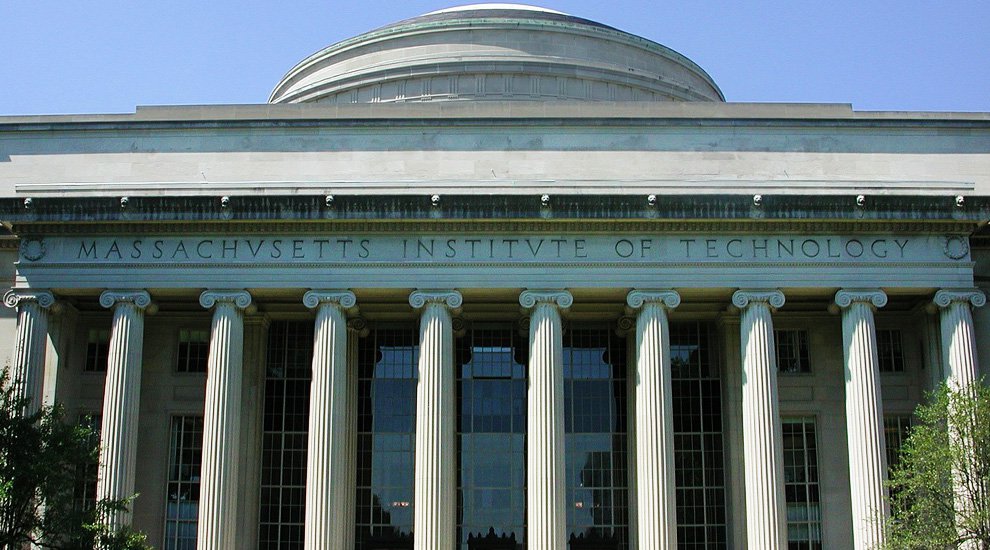The Fintech Threat to Banking: A Solution From MIT
In the next 10 years, 30 percent of banking jobs could be obsolete, according to a recent Citi GPS report.
This statistic from Citigroup’s report makes an assessment of the potential impact of fintech on the global banking industry. It echoes the concerns of former Barclays PLC Chief Executive, Antony Jenkins, who referred to the position of consumer banking as being “in an Uber moment” that would lead to rapidly accelerating job losses.
“I predict that the number of branches and people employed in the financial services sector may decline by as much as 50 percent over the next 10 years, and even in a less harsh scenario I expect a decline of at least 20 percent,” said Jenkins in a recent speech in London.
The indicators of the disruption lie not only in the decrease of traditional financial services employment opportunities, but in the increase of investment in the disruptors themselves.
“In the last four years, venture capital investment in fintech has increased more than 600 percent,” reports David Shrier, managing director of MIT Connection Science and lead instructor of the university’s new online fintech certificate course, Future Commerce.
A large chunk of those drawn to fintech are the innovators with novel ideas, or those trying to find inspiration and discover that great idea to get their startup going. “With billions of dollars flowing into the industry, they’re set to disrupt the business of major institutions like Goldman Sachs, Morgan Stanley and UBS. And those big companies are fighting back,” says Shrier.
Not Only the Disruptors Benefit from Disruption
Many established institutions have, however, woken up to these opportunities and in response are pushing spending on innovation. Corporate executives and business leaders tasked with helping management understand what’s going on with disruption in financial technology, or helping larger companies deal with the changing reality of financial innovation and financial technology, are also jumping on the fintech bandwagon.
Citigroup’s report indicated that, “An open question remains as to whether incumbent banks in the U.S. and Europe can embrace innovation, not just talk about blockchain and hackathons, before fintech competitors gain scale and distribution.” A portion of banks have already increased IT spending, first investing heavily in digital banking and currently pouring money into accelerators, alliances and innovation labs, according to a EY report.
Barclays, for example, is creating a worldwide community for innovation in fintech – a plan of action that has already involved opening an accelerator program in New York’s Silicon Alley.
So, what does it all reallymean?
Between the disruption created by fintech startups and the deluge of fintech-speak around areas like Bitcoin, blockchain, and the relationship between them, there’s a need for well-established institutions to, at least, start by forming a fundamental understanding of what this all means for the future of their businesses.
MIT Offers a Solution for Demystifying the Madness
“You need to understand what’s going on in this highly chaotic environment. And we can help,” suggests Shrier, who is set to lecture alongside the likes of MIT’s Alex “Sandy” Pentland, Brian Forde and Joost Bonsen, along with a host of industry leaders.
MIT’s mandate is to advance knowledge in areas that will serve to address the 21st century’s great challenges by educating students in science, technology and other fields of scholarship that will best serve the world.
To this end, the university is collaborating with online education company GetSmarter to deliver a 12-week online short course that will equip professionals with an understanding of the future of money, markets, transactions, commerce, security and privacy – with a focus on the disruptive technological innovations that are influencing them.
The online learning model used in MIT XL’s courses is underpinned by a predominantly constructivist, action-learning approach to the design of online learning activities. The student is seen as an active participant in creating knowledge in collaboration with peers, and learning activities and assignments focus on engagement rather than instruction.
But just because you’re learning online, it no longer means you’re learning alone.
“We are using new team collaboration technology developed in Sandy Pentland’s research group to improve how remote project teams collaborate on a business plan, and new ‘prediction markets’ technology to run a game that harnesses wisdom of crowds to predict future securities prices,” said Shrier.
“We’ve had phenomenal interest in the fintech course, even before its maiden presentation, with more than 500 registrations already received,” notes Ryan O’Mahoney, chief marketing officer of GetSmarter, “Seeing students sign up from across the U.S., Canada, Brazil, Hong Kong, Singapore, U.K., Australia and throughout Europe shows the breadth of the interest in this disruptive topic that is threatening long-established industries.”
The course offers unparalleled access to thought leaders in fintech while the student undergoes theoretical knowledge development, as well as hands-on experience of innovation in areas such as collaboration tech and prediction markets.
“We’ve received registrations from industry leaders in banking, technology, investments and insurance, to name a few,” Mahoney said. “From startups looking to disrupt, to financial services professionals seeking an understanding of this disruption – whichever side of the fence you’re on – this course can offer great value.”
The post The Fintech Threat to Banking: A Solution From MIT appeared first on Bitcoin Magazine.



